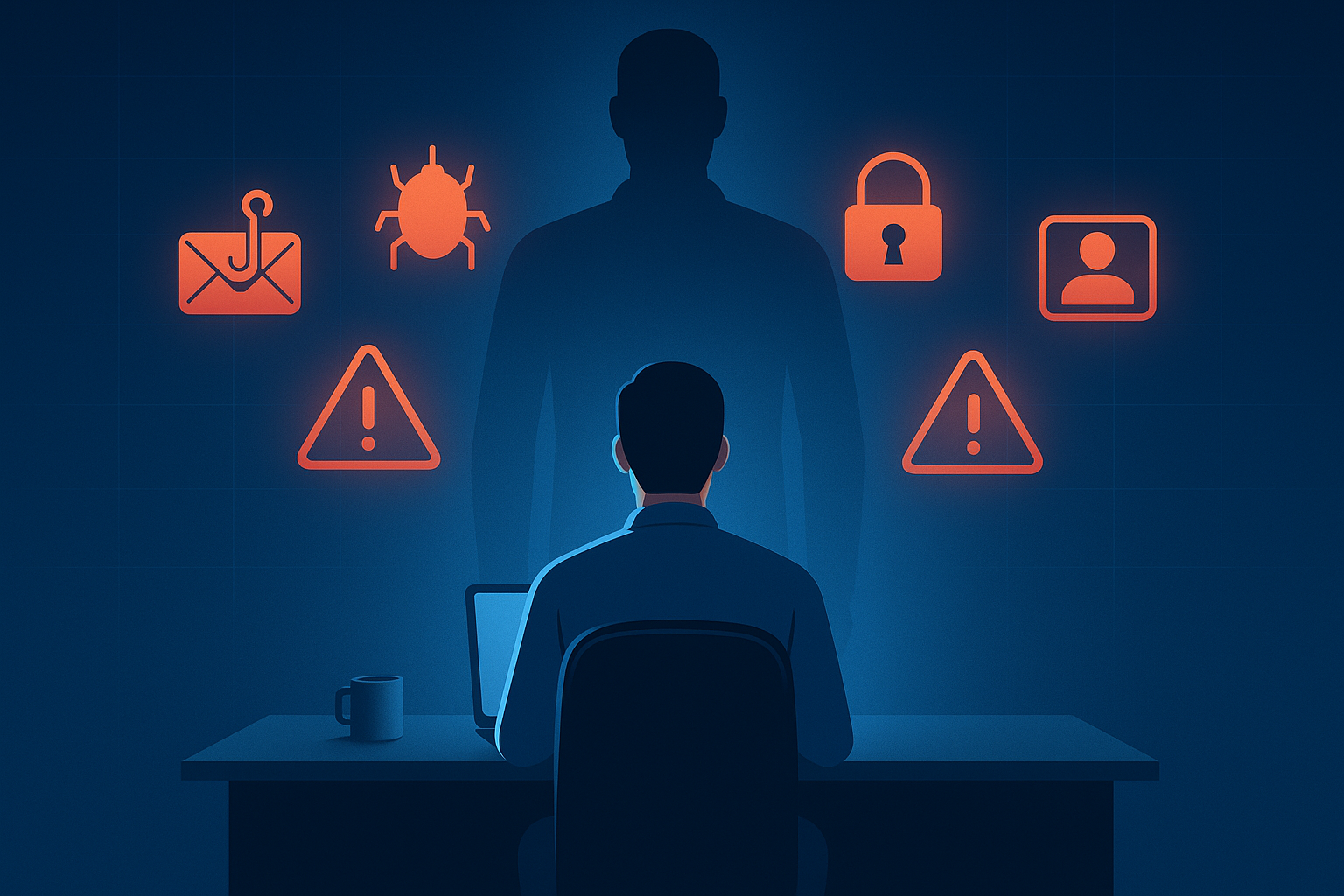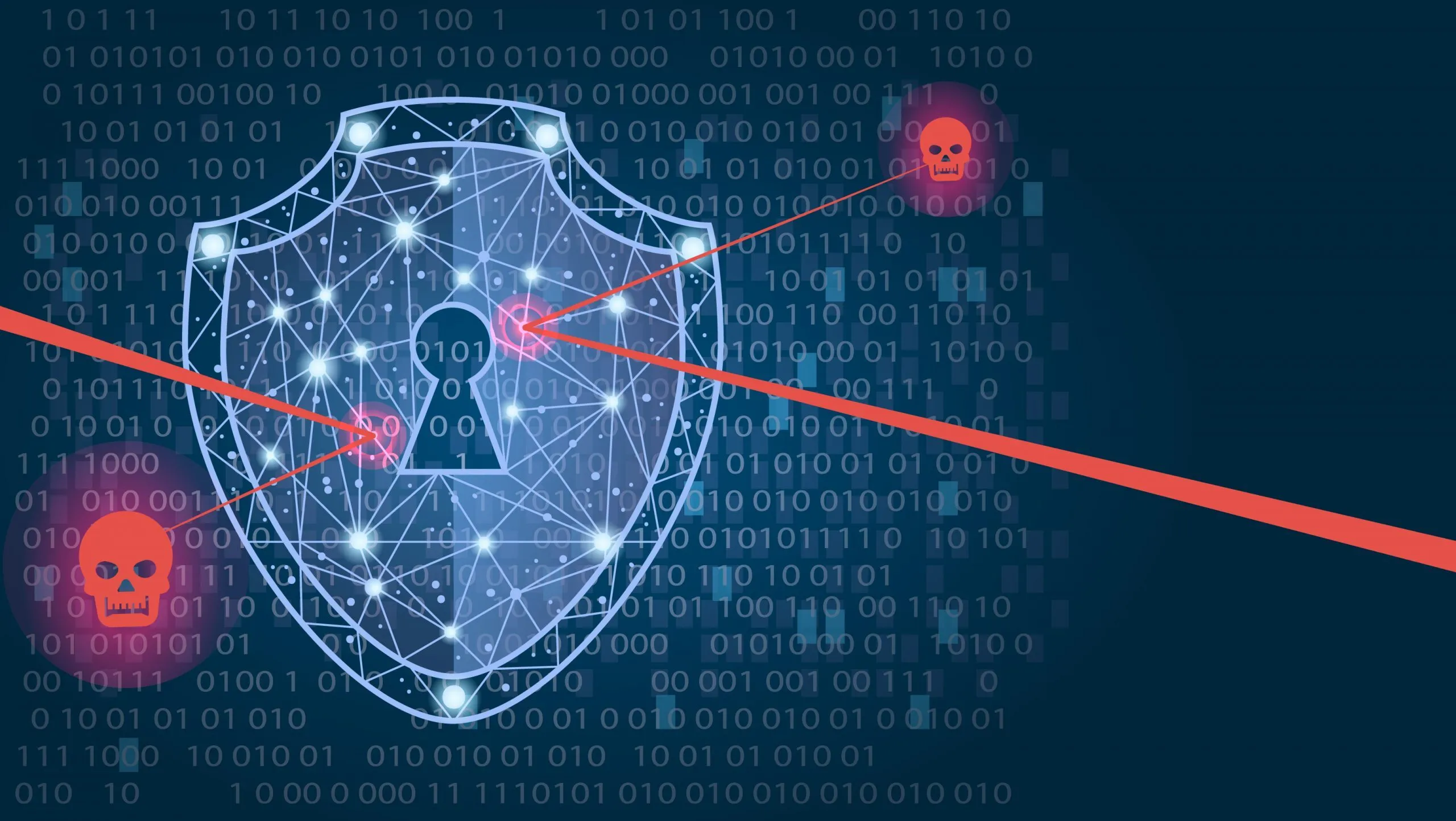When you’re running a small business, every hat counts. And in today’s world, one hat you absolutely can’t afford to leave on the shelf is the cybersecurity hat.
Cybercriminals don’t just target big companies anymore.
They look for easy wins—and that often means small and midsize businesses.
Why?
Because many don’t have dedicated IT teams or security systems in place.
That’s why it’s more important than ever for someone on your team to take ownership of cybersecurity.
That person might be your operations lead, your office manager—or it might be you.
The good news?
You don’t need to be an expert to take the lead on keeping your business cyber-safe. You just need a clear plan, consistent habits, and the right support from your IT provider or MSP.
Here’s a simple, practical checklist to help you figure out who should wear the cybersecurity hat and how they can wear it well.
Step 1: Choose a Capable, Curious Candidate
- This doesn’t need to be your most technical employee. Look for someone who’s responsible, curious, and not intimidated by learning something new.
- They should be comfortable working with systems and following procedures. Think detail-oriented and calm under pressure.
- Ideal candidates might include an office manager, operations lead, team coordinator, or, in many cases, the business owner themselves.
Step 2: Define the Role Clearly
- This role isn’t about fixing everything—it’s about staying alert, following up, and being a connector between your team and your MSP.
- Core responsibilities include monitoring internal practices (password hygiene, software updates), staying aware of known threats, and flagging suspicious activity.
- They’ll also serve as your internal point of contact for anything security-related—triaging alerts, helping employees report issues, and keeping cybersecurity on the radar.
Step 3: Set Aside Time Weekly
- Consistency matters. Set aside 30 to 60 minutes each week to focus solely on cybersecurity.
- During that time, review recent alerts or incident reports from your MSP or software vendors.
- Make sure all updates and patches have been applied to systems. Follow up on open tickets or pending action items.
- Consider adding this to your regular team check-ins to keep everyone aware of best practices.
Step 4: Get Support and Stay Informed
- Cybersecurity evolves fast. Staying informed is easier when you partner with trusted sources.
- Ask your MSP if they provide a regular security briefing, newsletter, or checklist tailored for small teams.
- Subscribe to one or two reliable sources like CISA alerts, your MSP’s blog, or vendor bulletins from Microsoft or Google.
- When possible, attend at least one online training or webinar per year to stay sharp.
- Encourage the point person to connect with peers in similar roles—sometimes a quick tip from another small business can save hours of troubleshooting.
You don’t need to be a tech guru to make a real difference in your company’s security posture.
What matters most is having someone willing to own the responsibility, pay attention to detail, and take proactive steps to reduce risk.
That person might not know everything—but with the right mindset and support, they can become a powerful first line of defense.
And if that person is you?
Hats off.
Need Help?
Feeling unsure about how to get started or what to prioritize first? You’re not alone.
Most business owners know cybersecurity matters—they just don’t want to get buried in jargon or overwhelmed with options.
That’s where we come in.
Let’s create a cybersecurity plan that’s realistic, smart, and designed for businesses like yours.
Ready when you are.
Contact us here.

